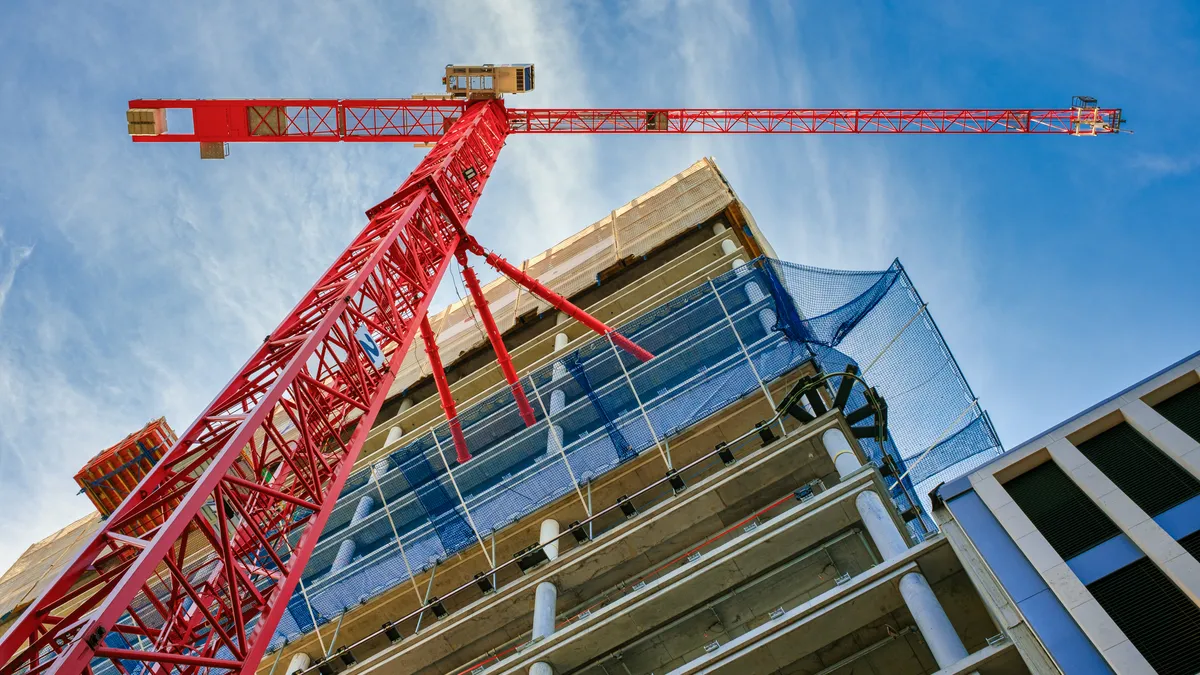Jon Paul Bacariza is the vice president and market leader for Tampa, Florida, at Minneapolis-based builder and developer Ryan Cos. Opinions are the author’s own.
After years of unprecedented investor demand and a loan origination faucet that produced an endless stream of new projects, deal volume and overall activity in the multifamily sector slowed considerably during the final lap of 2022.
According to a report from CBRE, total multifamily investment ($48 billion) tumbled by 70% year over year in Q4 as rising interest rates, inflation and fears of a full-blown recession sent many lenders and investors to the sidelines. Meanwhile the National Multifamily Housing Council’s quarterly member survey found respondents reporting the loosest market conditions since the immediate aftermath of the pandemic in April 2020, with 60% of those surveyed stating that conditions for debt financing were worse than the previous quarter.

Given this environment, many multifamily professionals have used the “fog of war” metaphor to describe the current state of the market. However, “morning fog” may be the more appropriate comparison.
We know the haze will burn off. It’s just not yet clear when the sun will come up as developers and investors have executed strategic pullbacks of varying degrees the last few months in order to recalibrate.
Here is how we plan to tackle the tumultuous year ahead.
Value quality over quantity
During these challenging times it’s important for owners and investors to stay ahead of the curve and identify the right opportunities. It starts with a thorough vetting of all real and potential projects on the table while keeping quality over quantity top of mind.
Early in Q4, when it was evident that the market was going to get rough, our development team took an inventory of our entire pipeline so we could rate projects against each other, with the end goal of showing only the best deals to our investment partners.
It quickly became apparent that some projects were best left on the sidelines for the time being so that resources could be directed toward the best deals. Our firm has been particularly aggressive in Florida due to the built-in advantages of recent domestic migration and healthy job growth. The state will need to deliver 570,000 new housing units by 2030 to meet the demand caused by the projected population increase, according to the Florida Apartment Association.
Be ready to pivot
Stil, strategic changes were necessary. A nationwide slowdown in absorption and rent growth demanded that we prioritize markets with high barriers to entry (Tampa) and/or strong supply/demand metrics (Orlando, Fort Myers).
Florida will likely continue to set the pace nationally in 2023, but the Southeast region as a whole will present attractive options for development firms looking to right-size their portfolios. The mass departure of renters leaving traditional gateway markets in favor of new opportunity in the Sun Belt continues, with five of the top nine metro areas leading the U.S. in rent growth located within the Southeastern footprint.
Keep an ear to the ground
It’s also important to keep the lines of communication open with industry contacts to have a solid gauge of when the fog will lift. And the larger the network, the better.
We’ve seen a number of properties recently come back to the market, particularly those with deal terms that may have been acceptable in 2022 but simply weren’t tenable for 2023. Just a little bit of clarity on exit caps, rent growth, construction costs and interest rates will go a long way toward bringing widespread confidence back to the market, which could happen as soon as the third quarter of this year.
While patience and the willingness to pass on deals that may not be a strategic fit are good guideposts for the short term, multifamily pros should be ready to quickly pivot so they can capitalize on new opportunities once the tide inevitably shifts.
By remaining open, keeping a finger on the pulse of the current landscape and executing in the right places at the right time, developers can place themselves in pole position for the next round of industry growth.










